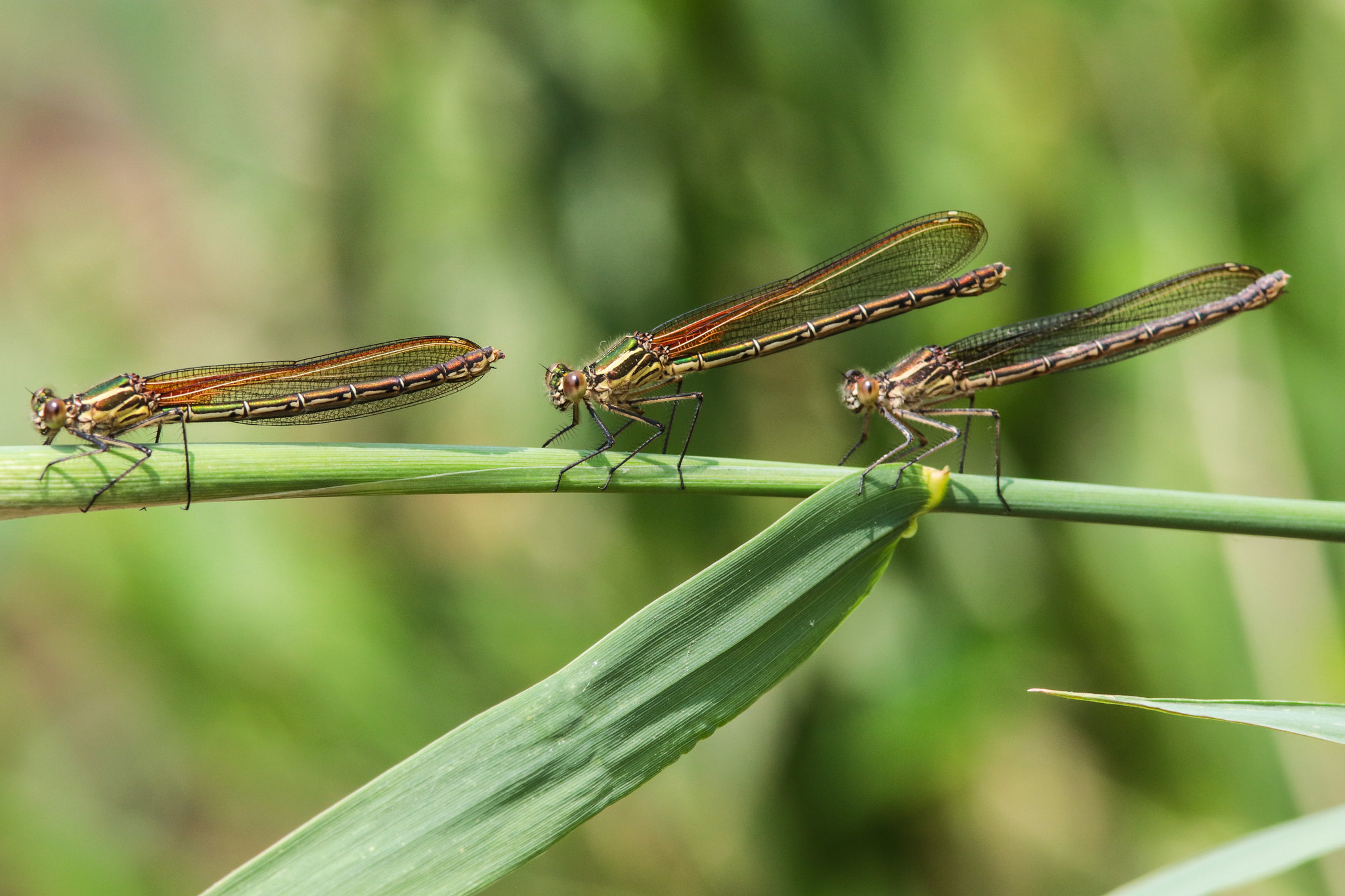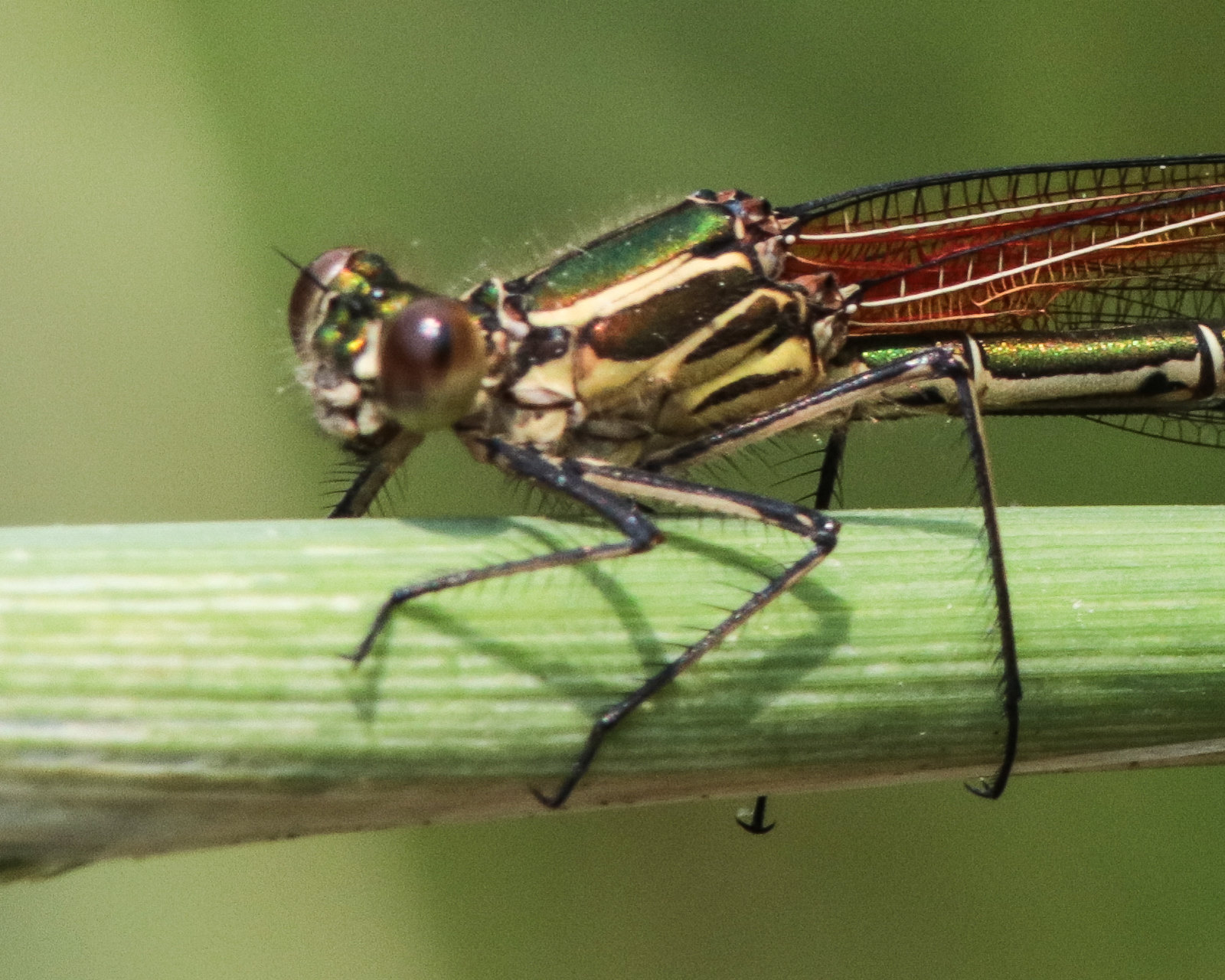The Opening of Dragon and Damselfly Season Here in SE Pennsylvania
Jun 22, 2023 15:46:29 #
A beautiful set and well worth the wait! The Ebony Jewelwing is aptly named and I wish we had them here.
Jun 22, 2023 16:44:32 #
Muddyvalley wrote:
A beautiful set and well worth the wait! The Ebony Jewelwing is aptly named and I wish we had them here.
Hey thanks Vic. The damsels are out in force but the dragon population is still pretty limited. Unicorn Clubtails at a new site and Slaty Skimmers at another new site have been a real plus. Scheduled to do a few presentations in the near future will keep me busy too.This is a bad week for hunting here. Cloudy and drizzle every day or as we say here in the vernacular of the PA German "a bit of a schpritze."
As always, thank you for looking in and giving me your feedback my friend.
>i< Doc
Jun 23, 2023 14:19:33 #
Check out Astronomical Photography Forum section of our forum.
Jun 23, 2023 14:52:22 #
topcat wrote:
Nice set, a lot of good work
I really appreciate your comment on my work but your skills are far beyond mine. Your photography is just over the top in clarity and composition. I shoot to see certain field markings to make exact species identification. I guess I really should get a little more "artsy" in my composition.
Anyway, thank you for looking and taking the time to comment. Have a great day!
>i< Doc
Jul 13, 2023 15:00:00 #
docshark wrote:
Odonate flight season for this area was slowed by ... (show quote)
I especially like 1 and 4, doc...no 1 looks like they could be playing
follow the leader. Just now saw these...so glad you are back! Lovely set!
Jul 13, 2023 16:26:14 #
merrytexan wrote:
I especially like 1 and 4, doc...no 1 looks like they could be playing
follow the leader. Just now saw these...so glad you are back! Lovely set!
follow the leader. Just now saw these...so glad you are back! Lovely set!
I really do appreciate your feedback Merry. Thanks.
>i< Doc
If you want to reply, then register here. Registration is free and your account is created instantly, so you can post right away.
Check out Wedding Photography section of our forum.








